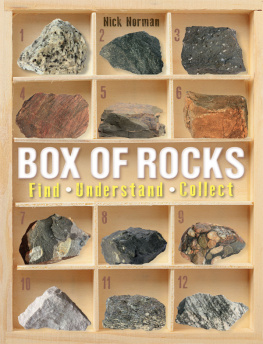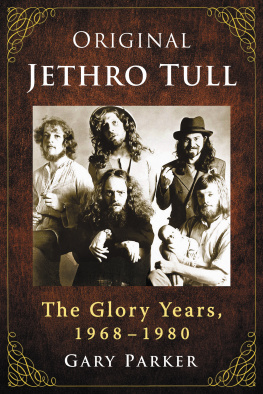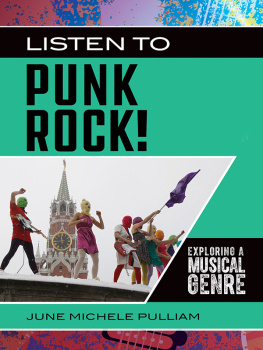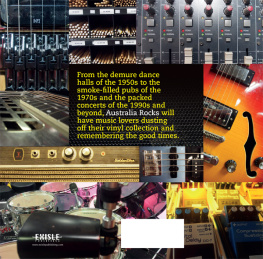Edward L. Macan - Rocking the classics : English progressive rock and the counterculture
Here you can read online Edward L. Macan - Rocking the classics : English progressive rock and the counterculture full text of the book (entire story) in english for free. Download pdf and epub, get meaning, cover and reviews about this ebook. City: New York, England, year: 1997, publisher: Oxford University Press, genre: Romance novel. Description of the work, (preface) as well as reviews are available. Best literature library LitArk.com created for fans of good reading and offers a wide selection of genres:
Romance novel
Science fiction
Adventure
Detective
Science
History
Home and family
Prose
Art
Politics
Computer
Non-fiction
Religion
Business
Children
Humor
Choose a favorite category and find really read worthwhile books. Enjoy immersion in the world of imagination, feel the emotions of the characters or learn something new for yourself, make an fascinating discovery.

- Book:Rocking the classics : English progressive rock and the counterculture
- Author:
- Publisher:Oxford University Press
- Genre:
- Year:1997
- City:New York, England
- Rating:4 / 5
- Favourites:Add to favourites
- Your mark:
Rocking the classics : English progressive rock and the counterculture: summary, description and annotation
We offer to read an annotation, description, summary or preface (depends on what the author of the book "Rocking the classics : English progressive rock and the counterculture" wrote himself). If you haven't found the necessary information about the book — write in the comments, we will try to find it.
In Rocking the Classics, the first comprehensive study of progressive rock history, Edward Macan draws together cultural theory, musicology, and music criticism, illuminating how progressive rock served as a vital expression of the counterculture of the late 1960s and 1970s. Beginning with a description of the cultural conditions which gave birth to the progressive rock style, he examines how the hippies fondness for hallucinogens, their contempt for Establishment-approved pop music, and their fascination with the music, art, and literature of high culture contributed to this exciting new genre. Covering a decade of music, Macan traces progressive rocks development from the mid- to late-sixties, when psychedelic bands such as the Moody Blues, Procol Harum, the Nice, and Pink Floyd laid the foundation of the progressive rock style, and proceeds to the emergence of the mature progressive rock style marked by the 1969 release of King Crimsons album In the Court of the Crimson King. This golden age reached its artistic and commercial zenith between 1970 and 1975 in the music of bands such as Jethro Tull, Yes, Genesis, ELP, Gentle Giant, Van der Graaf Generator, and Curved Air.
In turn, Macan explores the conventions that govern progressive rock, including the visual dimensions of album cover art and concerts, lyrics and conceptual themes, and the importance of combining music, visual motif, and verbal expression to convey a coherent artistic vision. He examines the cultural history of progressive rock, considering its roots in a bohemian English subculture and its meteoric rise in popularity among a legion of fans in North America and continental Europe. Finally, he addresses issues of critical reception, arguing that the critics largely negative reaction to progressive rock says far more about their own ambivalence to the legacy of the counterculture than it does about the music itself.
An exciting tour through an era of extravagant, mind-bending, and culturally explosive music, Rocking the Classics sheds new light on the largely misunderstood genre of progressive rock
Edward L. Macan: author's other books
Who wrote Rocking the classics : English progressive rock and the counterculture? Find out the surname, the name of the author of the book and a list of all author's works by series.








